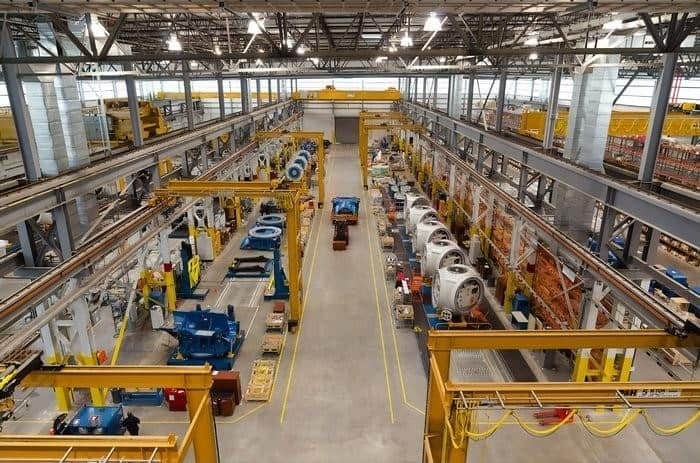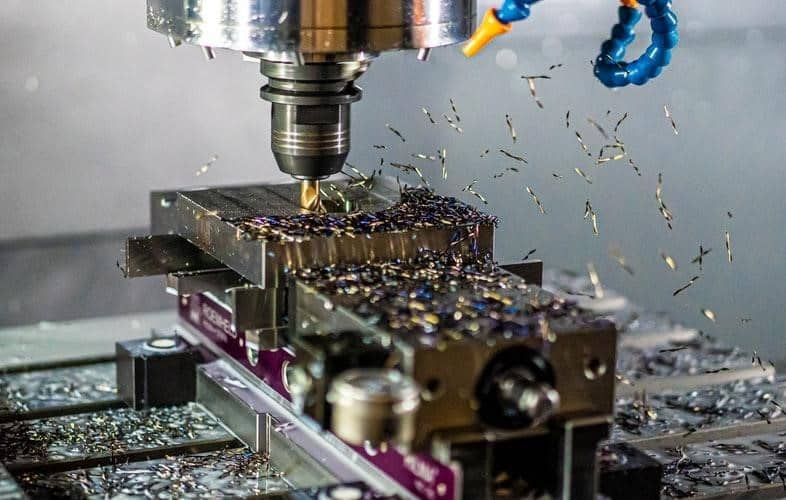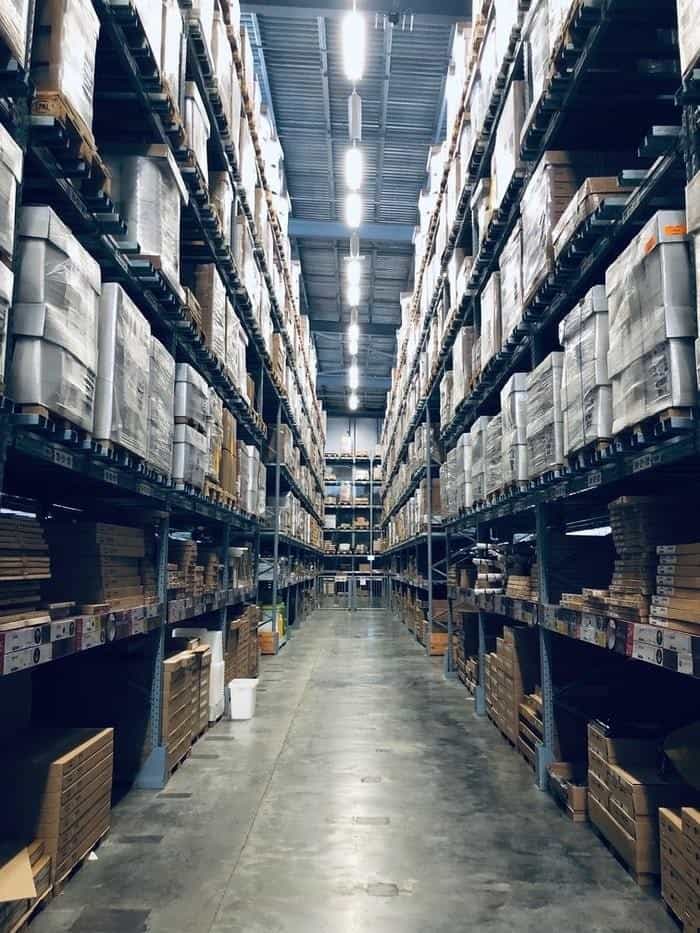The word "manufacturing" is likely to be associated with large-scale manufacturing plants and assemblies with complex machines churning out numerous products continuously. While this manufacturing system is traditional and ubiquitous, a rapidly-rising manufacturing model is becoming increasingly popular as it addresses several of the limitations inherent in conventional manufacturing. This model is known as on-demand manufacturing.
What is on-demand manufacturing?
Also known as manufacturing on-demand, custom manufacturing, or cloud manufacturing, on-demand manufacturing is a manufacturing system in which products are only manufactured when needed and in quantities required. This revolutionary system is in contrast to traditional manufacturing, in which products are manufactured in large quantities and stored in facilities until they are sold, distributed, and delivered.

Factors that enable the growth of on-demand manufacturing
We live in a fast-moving world, where the majority of our needs, including food, housing, transportation, etc., can be provided on-demand thanks to the development of IT and logistics infrastructure. Therefore, the shift from traditional manufacturing to the on-demand model is natural.
The primary enabler of manufacturing on-demand is the internet and cloud-based technology. These technologies enable manufacturing companies to create advanced online platforms that allow customers to upload models and receive auto-generated design-for-manufacturing feedback, in addition to highly accurate quotes. The platforms also provide a means of communication between manufacturers and customers. An example of such a platform is Xometry Europe's Instant Quoting Engine, which allows you to instantly upload CAD models to get quotes and receive access to a huge network of manufacturers all across the globe.
The relatively low cost of on-demand manufacturing technologies such as CNC machining and 3D printing also significantly contributes to the growth of manufacturing on demand. Traditional manufacturing plants comprise several expensive machines. On the other hand, the machines used to carry out most custom manufacturing operations are relatively compact and inexpensive, allowing numerous companies to be involved in manufacturing. Thanks to this business model, small-scale plants can use their machines more efficiently by filling out free capacity with on-demand projects.

Advantages of on-demand manufacturing over traditional manufacturing
Manufacturing on demand has several benefits over its conventional counterpart. These advantages benefit numerous parties, including manufacturers, customers, end-users, and more. Some of the advantages are explored as follows.
Customisation and low production volumes
The needs of end-users vary significantly, so do their wants and personal preferences. On-demand manufacturing allows manufacturers to deliver precisely what a customer wants in terms of quantities and manufacturing specs. The traditional model of manufacturing, on the contrary, makes it fairly impossible for a customer to request a custom product. This is because the hardware setup in conventional manufacturing plants is fixed, and it would cost a lot to make any significant change. Furthermore, it would be highly cost-ineffective to manufacture a small volume of products using a traditional manufacturing setup.
On the other hand, with on-demand manufacturing, a customer can order even a single prototype, no matter how complex it is, and have it made and delivered in very little time. Custom manufacturing is crucial in various industries, not least of which is the medical sector.
Reduction of storage and logistics burdens on manufacturers
Traditional manufacturing involves complex logistics operations. After bulk-manufacturing a product, the manufacturer has to have an elaborate and insured storage/inventory system. This is in addition to a comprehensive sales network for marketing and distributing the products. The manufacturer also has to provide, monitor, and maintain transportation/logistics infrastructure. All these contribute to exponentially increased manufacturing costs.
Manufacturing on demand significantly reduces logistics costs, as the need for the storage, insurance, marketing, and distribution of readymade products is eliminated. One may argue that bulk production in traditional manufacturing saves cost through the economics of scale. However, the on-demand model, being highly flexible, can cater to one-off productions, as well as production runs of thousands.

More control of products and less wastage
In traditional manufacturing, the amount of products manufactured is determined by an estimate or consumer demand. This estimate is susceptible to errors, creating the possibility of supply surpassing demand. Products kept in storage are also susceptible to damage, seasonal drops in demand, and unforeseen circumstances. An example is the coronavirus pandemic of 2020, during which mandatory worldwide lockdowns left some manufacturers stranded with their products. Circumstances such as this result in losses and generate waste that may constitute a hazard to the environment. There is zero chance of supply ever surpassing demand in the manufacturing on-demand model, as supply is only ever created on demand.
On-demand manufacturing also saves a lot of resources that would have gone into manufacturing products that may end up not being used. Manufacturers can rest assured that they will sell 100% of any product manufactured since they can only manufacture products that they have already sold.
Boosts innovation
The regular interaction between customer and manufacturer, short lead times, flexibility, low cost, and operational transparency that are characteristic of custom manufacturing have greatly improved the rate of technological advancements. Innovators and inventors can design products and have a single prototype manufactured at a remarkable speed and relatively minimal cost. The prototype can then be used to perfect the product, creating a very short time to market.
The combination of CAD and on-demand manufacturing has dramatically increased the number of awesome products that enter the market daily. As an example, check our customer’s story who managed to quickly create a product to fight the COVID pandemic. In the past, only large corporations could afford the expenses involved in researching, designing, prototyping, testing, and manufacturing a new product. However, today, just about anybody with a brilliant idea can make their idea a reality.
Greater opportunities for small and medium-scale technologies
Because of the large number of products usually manufactured, the cost of setting up a traditional manufacturing plant is humongous, with specific machines costing millions of euros. However, manufacturing on-demand systems can cost-effectively handle small volumes that can be manufactured using far less expensive equipment. This gives small and medium enterprises the ability to set up small scale manufacturing shops.
Manufacturing as a service
On-demand manufacturing has evolved to give rise to an even more efficient manufacturing model, known as manufacturing as a service. In this model, a network of several custom manufacturing companies forms an elastic supply chain. The supply chain is managed by supply chain managers, creating a digital manufacturing network like Xometry.
Benefits of the manufacturing as a service model
The MaaS model retains all the advantages of on-demand manufacturing and provides several others. Some of the advantages of manufacturing as a service to both customers and manufacturers alike are explored as follows.
Readily available capacity
The MaaS model ensures that a customer never has to personally source for an available manufacturer. Instead, the supply chain manager or platform finds a suitable and available manufacturer within the network on behalf of the customer. With over 2,000 manufacturers in Xometry Europe's network, there is always available capacity.
Guaranteed capability
There are numerous custom manufacturing processes, including 3D printing, sheet metal fabrication, CNC machining, and many others. Not to mention the numerous materials and post-processing operations that a customer may require. MaaS ensures that a customer's project is always handled by the best suited and most cost-effective manufacturer.
Less work for the manufacturer
On-demand manufacturing eliminates most of the storage and logistics operations involved in traditional manufacturing. However, marketing, customer relations, and delivery of finished products are still the manufacturer's responsibilities. On the other hand, manufacturers in a digital manufacturing network are relieved of these responsibilities, as the supply chain managers handle them. When you register with Xometry as a manufacturer, Xometry takes over the responsibility of finding and relating with customers and bringing more work for the manufacturers. After production is complete, we also deliver the finished product to the customers' doorsteps. This allows you to focus solely on manufacturing.
Conclusion
While traditional manufacturing still holds sway as the primary model of manufacturing today, on-demand manufacturing is rapidly revolutionizing the manufacturing industry, increasing the rate of innovation, and making manufacturing accessible to individuals and corporations alike. Xometry Europe is leading the charge as the top provider of on-demand manufacturing services. Through our network of over 2,000 manufacturers we offer on-demand CNC machining, sheet metal fabrication, injection moulding, and 3D printing services with numerous post-processing operations for over 60 materials.